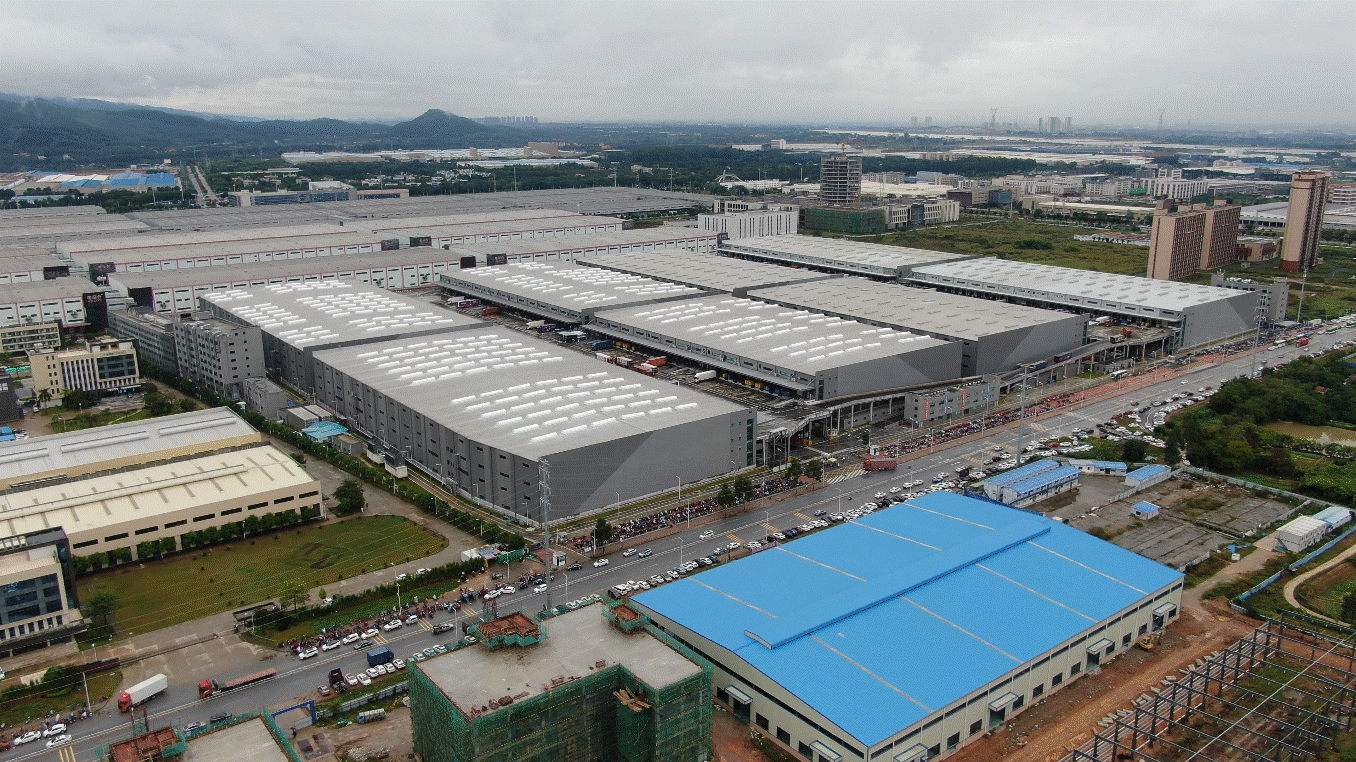More than 32,000 tonnes of carbon dioxide equivalent have been reduced at source
SHEIN, a global online fashion and lifestyle retailer, announced today that its Weilong Zhaoqing High-Tech Logistics Park located in China achieved carbon neutrality for the FY2024[1] reporting period by reducing the majority of its emissions at source. The facility has also achieved a Zero Waste to Landfill certification that verifies that its waste management processes effectively divert all operational waste from landfills through reduction, reuse, recycling, and recovery.
This project is one of the steps that SHEIN is taking on in order to achieve its near-term target of reducing absolute Scope 1 and 2 emissions by 42% by 2030 , a target[2] validated by the Science Based Targets initiative (SBTi). The entire process, from the greenhouse gas inventory to the carbon neutrality verification, was conducted in accordance with two ISO standards[3] and independently verified by Bureau Veritas.
Approximately 98% of the total reduction effort was accomplished through direct emissions reductions by way of renewable energy deployment and energy efficiency upgrades. The remaining 2% (587.24 tonnes) was offset through verified carbon credits registered with Verra, a nonprofit carbon credit registry that manages the Verified Carbon Standard, in line with the ISO 14068-1:2023 standard which requires organizations to prioritize real reductions first and to only use credible offsets that meet strict quality and transparency criteria.
The park’s strategy to achieve carbon neutrality prioritized direct, measurable emission reductions, which have been calculated to the amount of 32,661.79 tonnes of carbon dioxide equivalent (CO2e). These include:
- Rooftop Solar Power Generation: Installation of on-site photovoltaic (PV) systems which generated 1.3 million kWh of solar-powered electricity in 2024.
- Renewable Energy Procurement: The purchase of 58,952 MWh of renewable electricity certificates.
- Operational Efficiency Measures: Implementation of a comprehensive program that included upgrading to more energy-efficient lighting and air-conditioning systems, optimizing Heating, Ventilation and Air-Conditioning (HVAC) system schedules, and installing motion-sensor technology to reduce energy consumption at source.
Residual unavoidable emissions were offset with the purchase of a selected portfolio of verified carbon credits from Verra.
“By building our strategy around direct abatement, we are working towards the creation of a scalable model for our other facilities that is operationally achievable and provides us with a strong foundation for our other targets ahead on our net-zero journey,” said Mustan Lalani, Global Head of Sustainability at SHEIN.
Earlier this year , the SBTi validated SHEIN’s net-zero science-based target by 2050 and approved its near and long-term science-based emissions reduction targets, including SHEIN’s near-term goal of reducing its absolute Scope 3 GHG emissions[4] by 25% by 2030. SHEIN recognises that managing facility emissions is only one element of the broader work needed to reduce its carbon footprint across global operations and the supply chain and remains committed to advancing its efforts in line with its SBTi-validated targets.
[1] Refers to the period 1 Jan 2024 to 31 Dec 2024.
[2] SHEIN’s 2030 and 2050 emissions reduction targets are with reference to a baseline year of 2023.
[3] The two ISO standards are ISO 14064-1 and ISO 14064-3:2019.
[4] From purchased goods and services, fuel- and energy-related activities, upstream transportation and distribution, waste generated in operations and end-of-life treatment of sold products.

